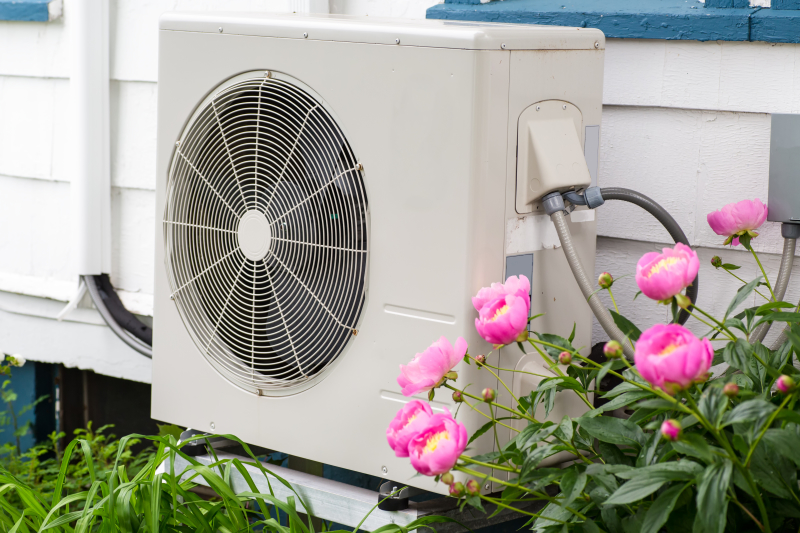Changing your heating over to a heat pump can be great for your pocket, and for the environment too. Heat pumps work by compressing the ambient heat in the outside air to concentrate that heat, then deliver it to your home through either radiators, underfloor heating or even as blown air.

Contrary to popular belief, heat pumps work very well in the UK, and have been proven to be effective at temperatures of as low as -20 degrees. However, to ensure efficient operation and a lovely warm home, your heat pump will need to be correctly sized for your specific house.
Heat pump sizing should always be done by a certified, experienced heat pump installer, who will have access to intricate design software which will allow an accurate sizing. But, to give you some idea of the size of heat pump you should be considering, here’s a brief guide to how heat pumps are sized.
The available sizes of heat pumps
Heat pumps come in sizes ranging from around 6kW up to 15kW, with the higher rated pumps producing more heat for your home. A heat pump which is correctly sized should be able to adequately heat your home all year round, but that doesn’t mean that bigger is better. If it’s too big, it will short cycle, meaning it shuts off too soon before coming back on for another brief period, which is not an efficient way to run.
What affects the size of your heat pump?
Sizing of your heat pump will depend on three main factors:
1. The type of home you live in
It goes without saying that larger homes require larger heat pumps, but there are other factors which can affect what it suitable for you too. Things like whether you’re in a bungalow or town house, how good your insulation is, and the exact size of each room can all have a bearing on the effectiveness of the heat pump. An Energy Performance Certificate (EPC) will reveal what structural factors are coming into play in the sizing of your heat pump, and you’ll need one of these if you plan to benefit from the Renewable Heat Incentive (RHI).
2. Where you live
Different parts of the country have different temperatures, so this needs to be taken into consideration when designing your heat pump system. Your installer should consider the coldest air temperatures of the year for your location and design your system accordingly. The Microgeneration Certification Scheme (MCS) provide data for this, so the warmer your locality is, the smaller the heat pump will be.
3. The heating system you are using
Heat pump sizing will need to account for the type of heat distribution system you plan to use. Underfloor heating, for example, can run at a much lower flow temperature, whereas radiators need higher temperatures and larger surface areas to maintain a comfortable heat level in the home. Correct sizing of radiators, as well as your desired temperature for that room, will all affect the size of heat pump you’ll be recommended.
To be confident you are getting the right sized heat pump for your home, you must ensure your installer is MCS certified. This is also essential for eligibility to the RHI. You should also look for installers who are members of either the Home Insulation and Energy System Contractors Scheme (HIES) or the Renewable Energy Consumer Code (RECC), as this will give you peace of mind that their customer care is up to scratch.
Sizing a heat pump is no job for an amateur and getting it wrong can severely affect the return you see on your investment. Search our database of installers today and find an expert in your area to get things right for you.



